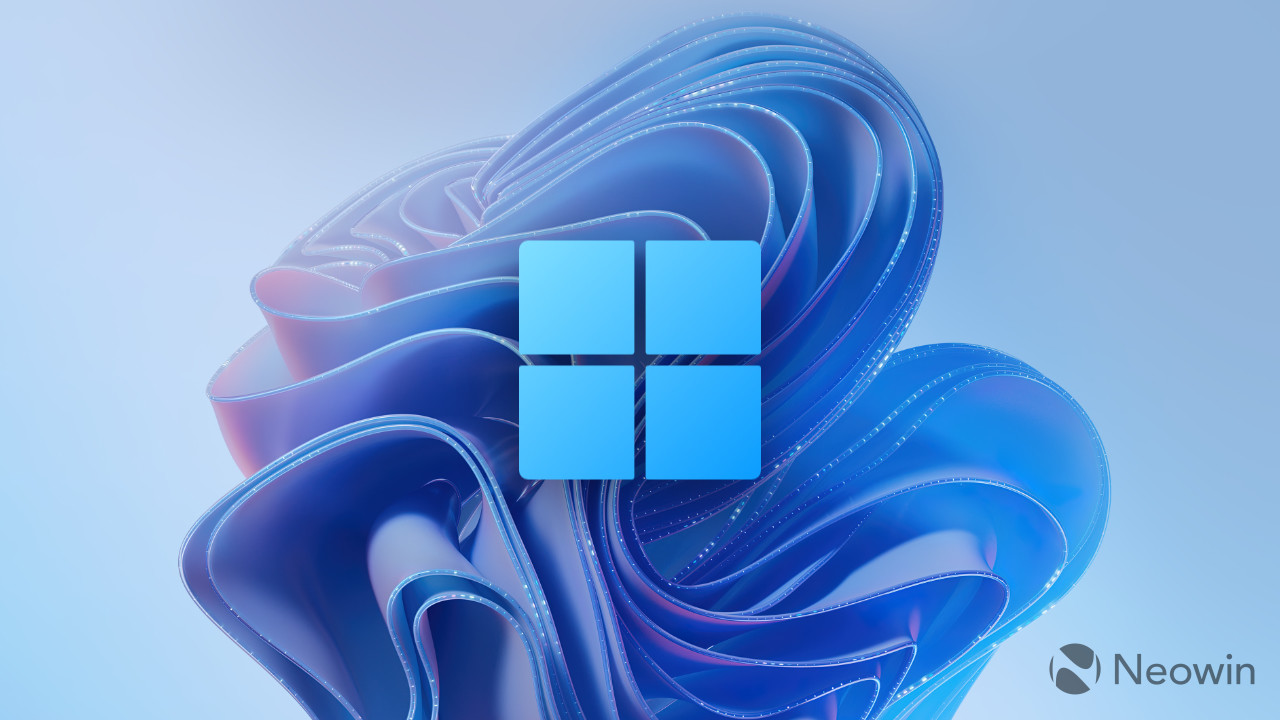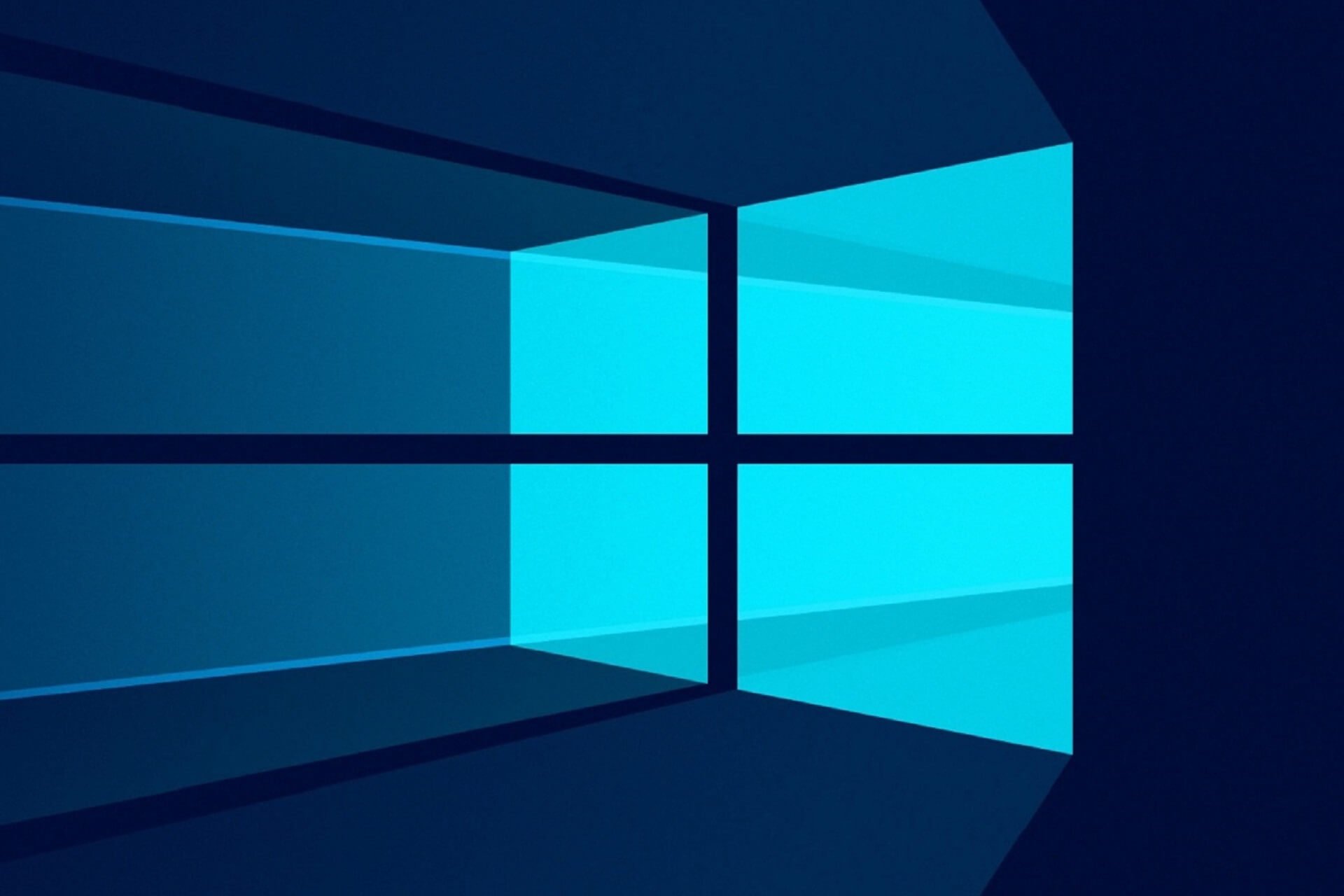Windows Update Not Working? Here’s How to Fix It
Introduction

Windows Update is a critical feature that ensures your operating system stays secure, stable, and up-to-date with the latest features. But what happens when Windows Update stops working? You might encounter error codes, endless loading screens, or updates that simply refuse to install.
This can be frustrating, especially if you’re unsure how to fix it. Don’t worry—you’re not alone. According to a 2022 survey by Statista, 23% of Windows users reported issues with updates, ranging from failed installations to system crashes.
In this guide, we’ll walk you through proven solutions to fix Windows Update issues. Whether you’re a tech novice or a seasoned pro, these step-by-step instructions will help you get your system back on track. Let’s dive in!
Why Is Windows Update Not Working?
Before jumping into fixes, it’s important to understand why Windows Update might fail. Common causes include:
- Corrupted system files
- Insufficient storage space
- Network connectivity issues
- Outdated drivers
- Conflicting third-party software
- Windows Update service glitches
Understanding the root cause can save you time and help you apply the right fix.
How to Fix Windows Update Not Working
1. Restart Your Computer
Sometimes, the simplest solution is the most effective. Restarting your computer can resolve temporary glitches that may be preventing Windows Update from working.
Steps:
- Click the Start Menu > Power > Restart.
- After restarting, check if Windows Update works.
2. Check Your Internet Connection
A stable internet connection is essential for downloading updates. If your connection is slow or unstable, Windows Update may fail.
Steps:
- Test your connection by visiting a website or streaming a video.
- If the connection is weak, restart your router or switch to a wired connection.
3. Free Up Storage Space
Windows updates require sufficient storage space. If your device is running low, updates may fail to install.
Steps:
- Go to Settings > System > Storage.
- Delete unnecessary files or move them to an external drive.
- Aim to have at least 20GB of free space for smooth updates.
4. Run the Windows Update Troubleshooter
Windows includes a built-in troubleshooter designed to fix update-related issues automatically.
Steps:
- Go to Settings > Update & Security > Troubleshoot > Additional Troubleshooters.
- Select Windows Update and click Run the Troubleshooter.
- Follow the on-screen instructions to resolve issues.
5. Reset Windows Update Components
If the troubleshooter doesn’t work, manually resetting Windows Update components can help. This involves stopping related services, clearing cache files, and restarting the services.
Steps:
- Open Command Prompt as an administrator.
- Run the following commands one by one: net stop wuauserv
net stop bits
ren C:\Windows\SoftwareDistribution SoftwareDistribution.old
ren C:\Windows\System32\catroot2 catroot2.old
net start wuauserv
net start bits - Restart your computer and try updating again.
6. Update Device Drivers
Outdated or incompatible drivers can interfere with Windows Update. Ensuring your drivers are up-to-date can resolve these conflicts.
Steps:
- Go to Device Manager (right-click the Start Menu and select it).
- Look for devices with a yellow exclamation mark.
- Right-click the device and select Update Driver.
7. Disable Third-Party Antivirus Software
While antivirus software is essential for security, it can sometimes block Windows Update. Temporarily disabling it can help.
Steps:
- Open your antivirus software and look for an option to disable it temporarily.
- Try running Windows Update again.
- Don’t forget to re-enable your antivirus after the update.
8. Manually Install Updates
If automatic updates fail, you can manually download and install the latest updates from the Microsoft Update Catalog.
Steps:
- Visit the Microsoft Update Catalog.
- Search for the update you need using its KB number.
- Download and install the update manually.
9. Perform a System Restore
If Windows Update stopped working after a recent change, a system restore can revert your system to a previous state.
Steps:
- Type System Restore in the Start Menu and select Create a Restore Point.
- Click System Restore and follow the prompts to choose a restore point.
- Restart your computer after the process completes.
10. Repair or Reinstall Windows
If all else fails, repairing or reinstalling Windows can resolve persistent update issues.
Steps:
- Create a bootable USB drive with the Windows Media Creation Tool.
- Boot from the USB drive and select Repair Your Computer.
- Follow the on-screen instructions to repair or reinstall Windows.
Expert Tips to Prevent Future Update Issues
- Schedule Regular Maintenance: Set aside time monthly to check for updates and clean up your system.
- Use a Reliable Antivirus: Choose antivirus software that’s compatible with Windows updates.
- Backup Your Data: Regularly back up important files to avoid data loss during updates.
Questions:
1. Why does Windows Update keep failing?
Windows Update can fail due to corrupted files, insufficient storage, network issues, or outdated drivers. Running the Windows Update Troubleshooter can help identify the cause.
2. How do I fix error code 0x80070003?
This error often indicates a problem with the Windows Update cache. Resetting the Windows Update components (as shown above) can resolve it.
3. Can I skip a Windows Update?
While you can delay updates, it’s not recommended. Updates often include critical security patches that protect your system from vulnerabilities.
4. How long does a Windows Update take?
The duration varies based on the update size and your internet speed. Smaller updates may take 10-20 minutes, while major updates can take over an hour.
5. What should I do if none of the fixes work?
If you’ve tried all solutions and Windows Update still isn’t working, consider contacting Microsoft Support or a professional technician for assistance.
Conclusion
Dealing with a Windows Update that’s not working can be frustrating, but it’s usually fixable with the right approach. By following the steps outlined in this guide, you can resolve most update issues and keep your system running smoothly.
Remember, regular maintenance and staying proactive with updates can prevent many of these problems. If you found this guide helpful, share it with others who might be facing similar issues. And if you have any questions, drop them in the comments below—we’re here to help!


With years of experience in technology and software, John leads our content strategy, ensuring high-quality and informative articles about Windows, system optimization, and software updates.













![7 Common Windows 10 Errors And How To Fix Them [2020] - TechDipper](https://windows12download.com/wp-content/uploads/2023/04/Windows-10-Errors-300x169.jpg)

Post Comment
You must be logged in to post a comment.